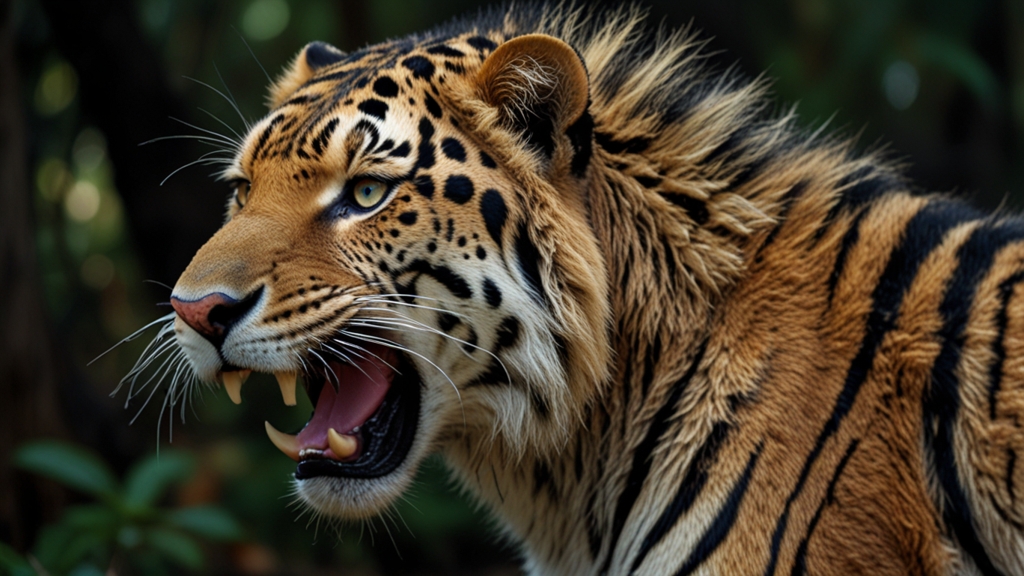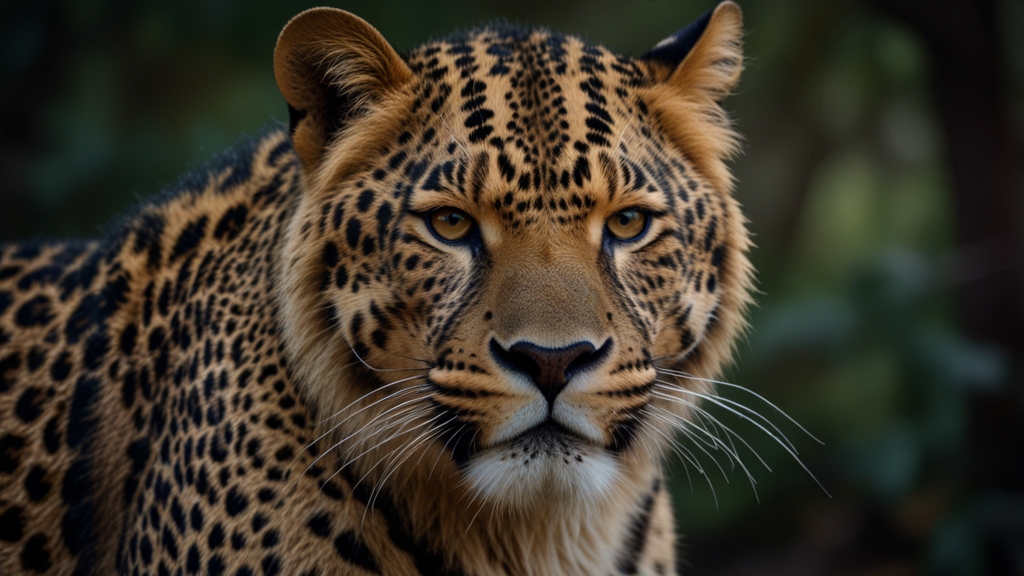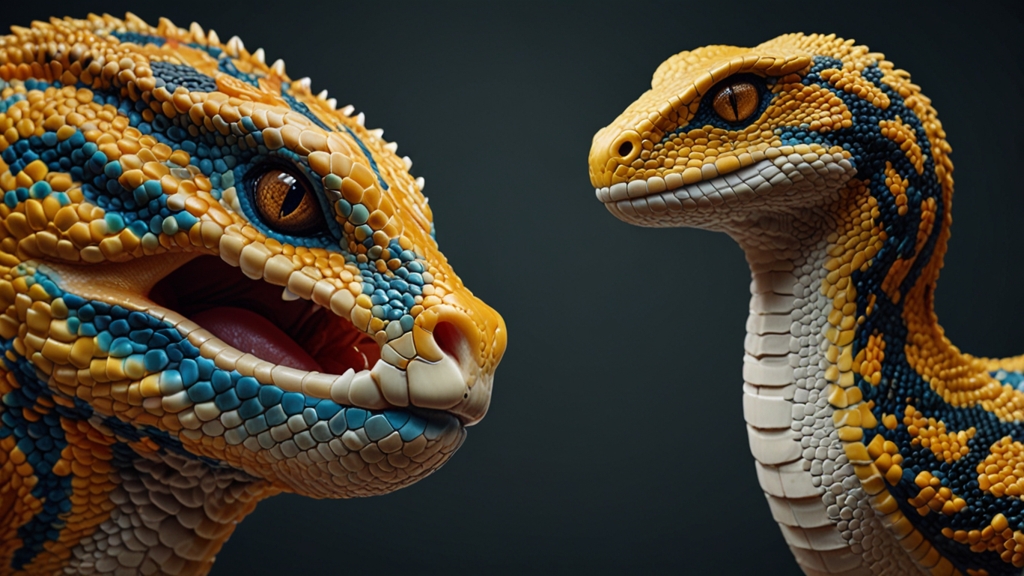Bizarre Animal Adaptations: Nature's Weirdest Survival Strategies
Nature, in its infinite wisdom, has equipped animals with a variety of adaptations that often seem bizarre and surreal to human observers. These adaptations, though strange, are critical for the survival of these species in their unique environments. This article explores some of the weirdest survival strategies in the animal kingdom, showcasing the diverse beauty of evolution.
The Immortal Jellyfish: Turritopsis dohrnii
The Turritopsis dohrnii, commonly known as the immortal jellyfish, has an extraordinary adaptation that allows it to revert to its juvenile polyp stage after reaching adulthood. This process, known as transdifferentiation, enables this jellyfish to effectively bypass death, making it biologically immortal. When faced with environmental stress, physical damage, or even the natural aging process, this incredible creature can transform its cells into a younger state, a phenomenon that baffles scientists and challenges our understanding of life cycles.
“Transdifferentiation in Turritopsis dohrnii is a unique phenomenon that essentially renders this jellyfish biologically immortal, allowing it to revert to its juvenile form and start its life cycle over again.”
Mimic Octopus: Thaumoctopus mimicus
The mimic octopus (Thaumoctopus mimicus) is another marvel of nature's ingenuity. This cephalopod has the astonishing ability to impersonate over 15 different species, including lionfish, flatfish, and sea snakes. By altering its shape, behavior, and color, the mimic octopus can deceive potential predators and prey alike, giving it a significant advantage in the dangerous underwater world. This adaptation allows the mimic octopus not only to avoid predators but also to approach prey stealthily by imitating non-threatening species.
Hairy Frog: Trichobatrachus robustus
Also known as the "horror frog" or "Wolverine frog," Trichobatrachus robustus employs a particularly gruesome survival strategy. When threatened, this amphibian intentionally breaks its own toe bones, forcing them through its skin to create makeshift claws. This bone-breaking behavior provides the hairy frog with a defensive weapon against predators. Additionally, the presence of hair-like structures on the sides of its body, which are actually dermal papillae, increases its oxygen intake through the skin during periods of increased activity or when submerged in water.
Pompeii Worm: Alvinella pompejana
The Pompeii worm (Alvinella pompejana) resides in one of Earth's most extreme environments—undersea hydrothermal vents. These vents can reach temperatures of up to 80°C (176°F), and yet, the Pompeii worm thrives in these scalding conditions. The worm has developed a symbiotic relationship with a particular type of bacteria that lives on its back, forming a protective layer that insulates it from the extreme heat. This mutualistic relationship allows the Pompeii worm to survive and even flourish in an environment that would be inhospitable to most other forms of life.
“Living in temperatures that would cook most other organisms, the Pompeii worm relies on a partnership with heat-resistant bacteria to withstand the boiling environment of hydrothermal vents.”
Axolotl: Ambystoma mexicanum
The axolotl, a type of salamander native to Mexico, possesses remarkable regenerative abilities. Unlike most vertebrates, the axolotl can completely regenerate lost limbs, spinal cord, heart, and other organs without any scarring. This extraordinary healing capability extends to complex tissues, including the upper and lower jaws, eyes, and various components of its central nervous system. Scientists study the axolotl extensively in hopes of unlocking the secrets of regeneration, which could have tremendous implications for medical science.
Horned Lizard: Phrynosoma
Horned lizards, often referred to as "horny toads," have developed a bizarre yet effective defense mechanism to evade predators. When threatened, certain species of horned lizards can squirt blood from their eyes. This startling blood-squirting defense not only confuses predators but also contains chemicals that are noxious to canine and feline attackers. This impressive adaptation ensures that the horned lizard has a fighting chance against much larger and more aggressive predators.
In conclusion, the animal kingdom is filled with astonishing adaptations that may seem bizarre to us but are crucial for the survival of these species. From the immortal life cycle of the Turritopsis dohrnii to the regenerative prowess of the axolotl, these unique survival strategies highlight the incredible diversity and ingenuity of nature.
“From regenerating limbs to transforming shapes, these extraordinary adaptations showcase the elaborate and fascinating mechanisms used by animals to survive and thrive in their environments.”







